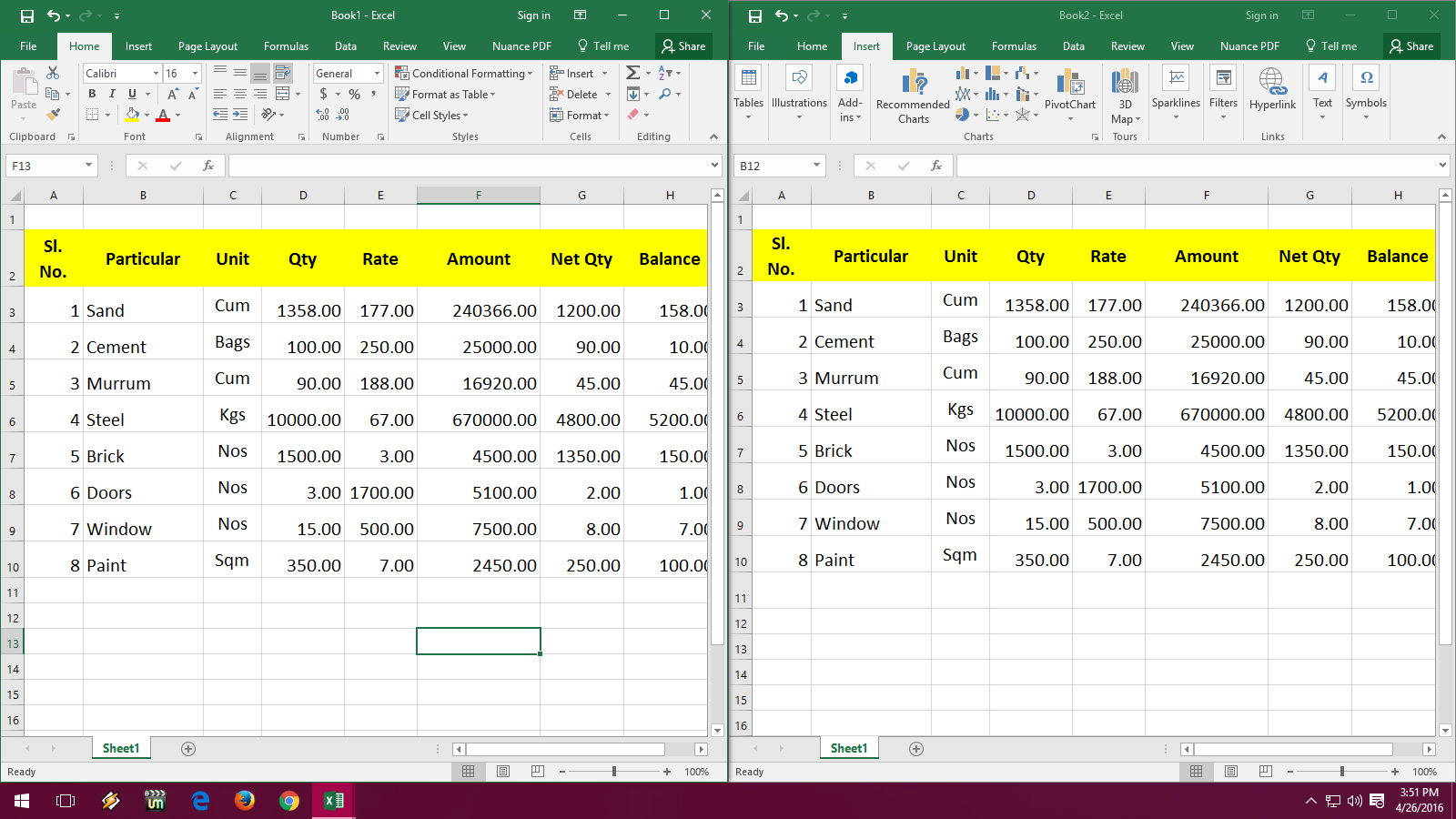5 Ways to Link Excel Sheets in Different Workbooks

Linking Excel sheets across different workbooks can be a game-changer for productivity, data management, and analytical workflows. This powerful feature of Excel allows users to connect related data that is spread out across multiple files, ensuring consistency and facilitating real-time updates. Here's a detailed exploration of five effective methods to link Excel sheets in different workbooks:
1. Using External References

External References or linking to other workbooks using cell references is perhaps the most straightforward method:
- Open both the source and destination workbooks.
- In the destination workbook, click on the cell where you want the link.
- Type = followed by the file path enclosed in square brackets, the sheet name with an exclamation mark, and then the cell reference. For example:
='[Full Path\WorkbookName.xlsx]SheetName'!CellReference
- Press Enter to create the link.
📌 Note: Make sure that the workbooks are saved on a consistent drive or network location to maintain the integrity of links.
2. Hyperlinks

Hyperlinks aren't just for web pages; they can link Excel sheets in different workbooks:
- Select the cell or object where you want to add the hyperlink.
- Go to the Insert tab and choose Hyperlink or press Ctrl+K.
- Select "Existing File or Web Page" and browse to the workbook you want to link to.
- Choose the specific sheet or named range within that workbook if needed.
Hyperlinks are particularly useful for quick navigation between workbooks.
3. Data Consolidation

Data Consolidation allows you to link data from multiple sources into one place:
- Navigate to Data > Consolidate.
- Choose the function you need (Sum, Count, Average, etc.).
- Add the ranges from different workbooks you want to consolidate. Here, you'll need to ensure the workbooks are open.
- Check 'Link to source data' to keep the destination data dynamically linked.
Consolidation is perfect for scenarios where you need to summarize or analyze data from multiple sources in one go.
4. Importing External Data

Excel offers several ways to import external data, which can be linked:
- From Access: Go to Data > Get Data > From Database > From Microsoft Access Database. Select the database and import the data with a connection.
- From Web: Use Data > Get & Transform Data > From Web. Enter the URL or file path, configure the query, and load or link to Excel.
This method allows for structured integration of data from outside Excel, providing a robust way to link data from different environments.
5. Power Query

Power Query in Excel is a powerful tool for linking and transforming data:
- Navigate to Data > Get & Transform Data > Get Data > From File > From Workbook.
- Select the workbook, choose the sheet or named range you want, and load the data into a new worksheet or existing one.
- You can modify the query to include only specific data or combine data from multiple sources before linking.
Power Query stands out for its ability to handle large datasets and complex transformations efficiently.
In practice, these methods can be combined or tailored to fit the complexity of your data management needs. For example, you might use Power Query to import and consolidate data from various workbooks before setting up external references for real-time updates. Each method provides unique benefits, ensuring that you can select the most appropriate technique based on the size of your data, update frequency requirements, and user interaction needs.
Remember, when linking across workbooks, consider the following:
- Backup your files to prevent data loss.
- Use network or cloud storage for collaborative work, ensuring all users have access to linked files.
- Regularly check links to ensure they are not broken due to file movements or deletions.
By mastering these methods, you can streamline workflows, maintain data accuracy, and enhance your ability to analyze and report on interconnected data sets.
Can I link to cells that are not visible in the source workbook?

+
Yes, you can. Excel will fetch the data regardless of the visibility of the cells in the source workbook.
What happens if the source workbook is closed?

+
Excel will attempt to open the workbook in the background to retrieve the data. However, if the workbook cannot be accessed (e.g., moved or deleted), it will show an error.
How can I protect the links in my workbook?

+
To protect links, you can:
- Password protect the source workbook or specific sheets.
- Set permissions on files if you’re working within a collaborative environment like SharePoint or OneDrive.
- Use the ‘Protect Sheet’ feature to prevent modifications to the linking formulas.
Can I break or remove links from an Excel sheet?

+
Yes, you can. Go to Data > Edit Links and select ‘Break Link’ to disconnect the sheet from the external data source.



